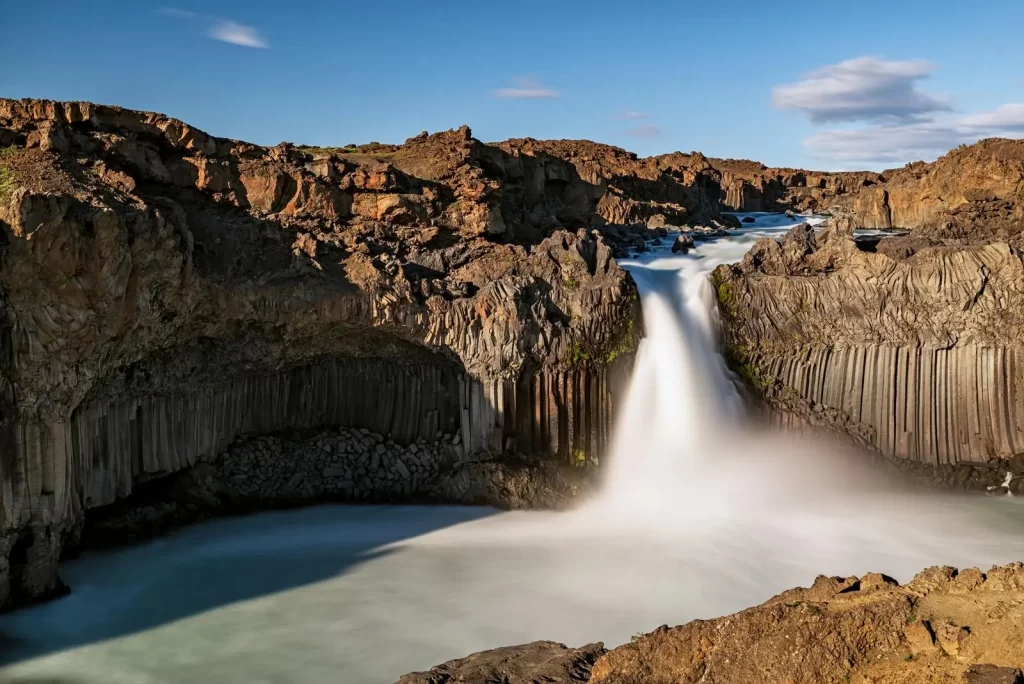
Humans, animals, and other living organisms have relied on natural resources for survival since the beginning of time.
The conservation of natural resources is vital because many of the most important natural resources are finite and non-renewable.
We’re going to take a quick look at 20 natural resources including 9 renewable resources that we get from planet earth. We’ll also give you some examples of natural resources that we use daily.

Natural resources are naturally-occurring substances that humans can use in some way. Examples of natural resources include minerals, petroleum, forests/timber, land, air, animals, fish, birds, and water.
Read on to see our full list of natural resources examples to understand what makes a natural resource and examples of ways we use natural resources.
A natural resource is anything found on planet earth or in the atmosphere that can be used by humans.
Everything we eat, drink, breathe, and use as a material for manufacturing is a natural resource.
Some natural resources are valuable for sustaining life, others have cultural value, power generation value, manufacturing value, or scientific value.
There is no way to list all of the natural resources we have at our fingertips on planet earth, but we’ll talk about the top 20 natural resources and some of our favorite renewable natural resources.
A non-renewable natural resource is a resource that cannot be replaced. They include metal ores, fossil fuels, earth minerals, and even groundwater in drought areas.
Renewable natural resources are resources that are replaced naturally and used repeatedly. Examples include water, timber, animals, oxygen, wind, and solar energy.
Kids have a lot of power over the number of natural resources that they use and conserve. Children can learn natural resources management for the future starting with personal conservation.
Natural resource economics is a branch of macroeconomics that studies the supply, demand, and distribution of natural resources across the globe.
It is a fascinating study that includes mining, raw materials, manufacturing, energy production, and all other facets of natural resource use.
It seeks to discover and explain the economic impact these have around the world.

Oxygen is our most abundant renewable natural resource. All living things rely on the presence of oxygen in the atmosphere.
Because it is renewed by trees and plants, they are vital to our maintenance of oxygen levels in the earth’s atmosphere.
Deforestation and burning fossil fuels are the two main reasons that atmospheric oxygen levels are declining.
Marine life is also dependent on the infusion of fresh oxygen into the globe’s ocean water. “Dead zones” are becoming observable in certain sections of the ocean.
One theory is the lack of dissolved oxygen in the water due to water pollution.
Water is one of the most important natural resources for the existence of life.
Fresh water is considered a renewable resource, but most drinking water comes from groundwater sources that are being depleted faster than they can be replenished.
Even though water is a renewable resource, water resources are facing serious threats from human activities. These activities include pollution, urban growth, deforestation, and overuse.
Drinking water is one of the main casualties of poor natural resources management on our planet.
We also use water for power generation using hydroelectric power dams.
There are geothermal energy pros and cons, but the main upside of geothermal power is that it’s harnessing energy that’s naturally generated in the earth and the water isn’t wasted.
After the heat energy is harvested it gets returned to the underground water reservoir for reheating. That’s a wise use of our limited water supply.
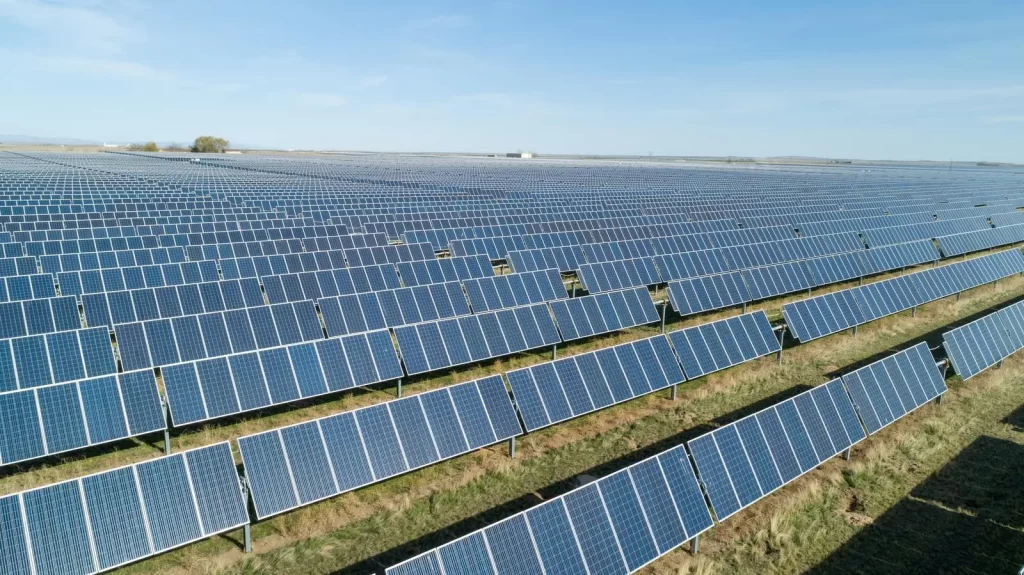
Sunlight is so reliable and abundant that we forget what a precious natural resource it is.
It is the ultimate renewable resource which is why it’s so vital that we harness it to help offset our use of non-renewable natural resources.
Soil is one of the most important non-renewable natural resources on earth. While soil changes form in all kinds of ways – it can be enriched and depleted – we still have a finite amount of it.
Sand, clay, and gravel are some types of soil that we use for things like concrete, asphalt paving,
It is required for food crop production and in many areas it is rich with ores needed to manufacture all kinds of goods from steel for cars to precious metals for jewelry and electronics.
One of the benefits of recycling steel is that as we need less virgin steel, there is a corresponding decrease in the need to disrupt the soil by mining for raw materials.
Soil is essential for the function of ecosystems providing nutrients, oxygen, water, and heat.
All life on planet earth requires soil in some capacity. Even fish and ocean mammals are dependent on quality underwater soil for nutrients and oxygen.
Soil resources are being degraded by poor agricultural practices and chemical contamination.
One of the most significant challenges facing current and future generations is the preservation of this irreplaceable natural resource from pollution and physical destruction.
Timber is an important renewable natural resource around the world. If production is approached in a responsible way it can be both sustainable and economical.
Timber is used to create lumber for use in construction. It is also harvested for producing electricity. One of the advantages of biomass energy production is that wood renews over several decades.
Timber is also used to make disposable paper products, fiberboard, hardboard, plywood, and particle board.
There are major benefits of recycling paper instead of burning it as biomass. Wood turned into paper products can be recycled about 5 to 7 times before new fibers have to be mixed in.
That recycling process saves timber and water and cuts way down on the release of greenhouse gases.
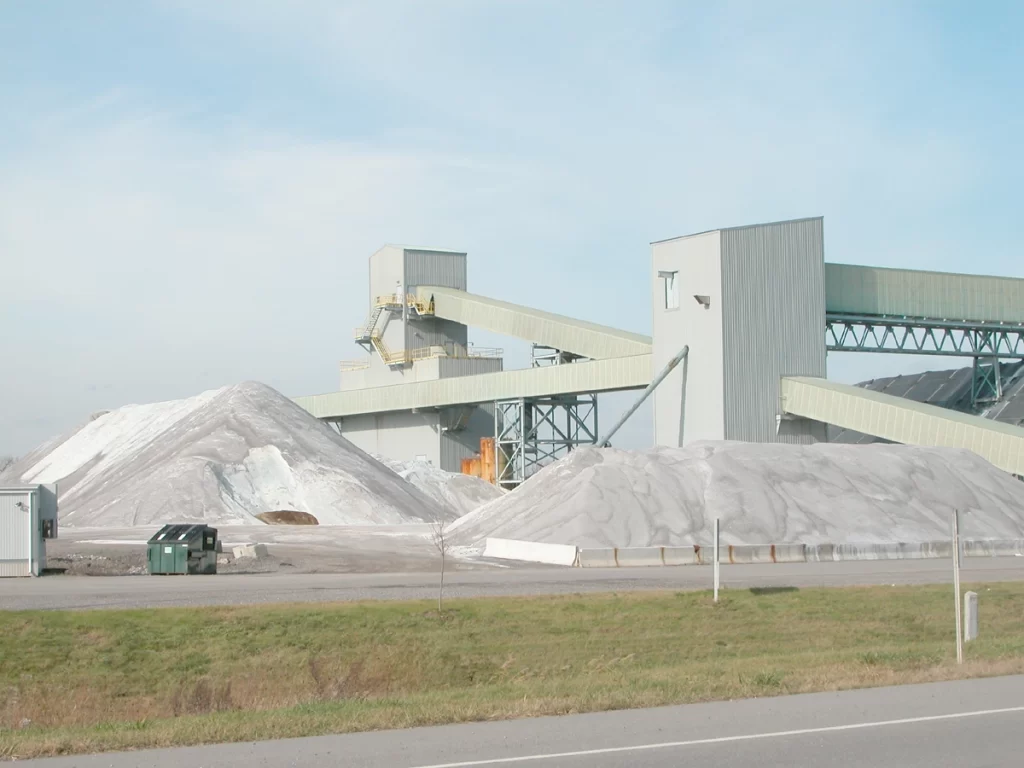
Salt, also known as sodium chloride, is an essential mineral for the life of humans and animals.
Over 40% of the salt mined is used in the chemical industry, with another 40% used as de-icer on roads in the winter. The remaining 20% is used for table salt and the manufacturing of rubber and other goods.
Oil is created through the decomposition of organic matter in an anaerobic environment over millions of years. In theory, it can be made over time, but it’s non-renewable because we use it so fast.
Crude oil is refined to make many products including asphalt, road oil, gasoline, plastics, synthetic rubber, solvents, ink, and about 6,000 other common household products.
About 67% of the crude oil imported to the United States is used for transportation – gasoline, jet fuel, diesel fuel, propane, and other fuels.
The location of oil and gas reserves is determined by plate tectonics. High movement areas provide the rapid burial and high pressure needed to create oil. When plates shift they release petroleum deposits.
This is why most oil is found in deserts, artic regions, river deltas, and offshore continental margins.

Non-renewable natural gas supplies about 22% of the nation’s energy needs and is used as an energy source for heating, cooking, and generation of electricity.
It is also used in the process of making plastics and other commercially important compounds.
Natural gas is a fossil fuel created by the decomposition of organic material, usually from ancient marine organisms, in an anaerobic environment.
Natural gas can be harvested from all of these sources to create a relatively clean-burning fuel.
People have been using coal as a heat source for centuries.
Coal has become the primary source of non-renewable fuel for electricity production because it is abundant, has high energy output, and is relatively inexpensive.
Coal is a fossil fuel created through a process known as coalification where dead plants are compacted into peats that are subjected to high pressure and medium heat.
This slow compaction results in a sedimentary rock that has high levels of carbon which we call coal – a flammable fuel.
There are many problems that accompany the mining and use of coal.
According to the U.S. Geological Survey, one of the more serious environmental issues examples is the contamination of surface water and groundwater from the byproducts of mining and burning coal.
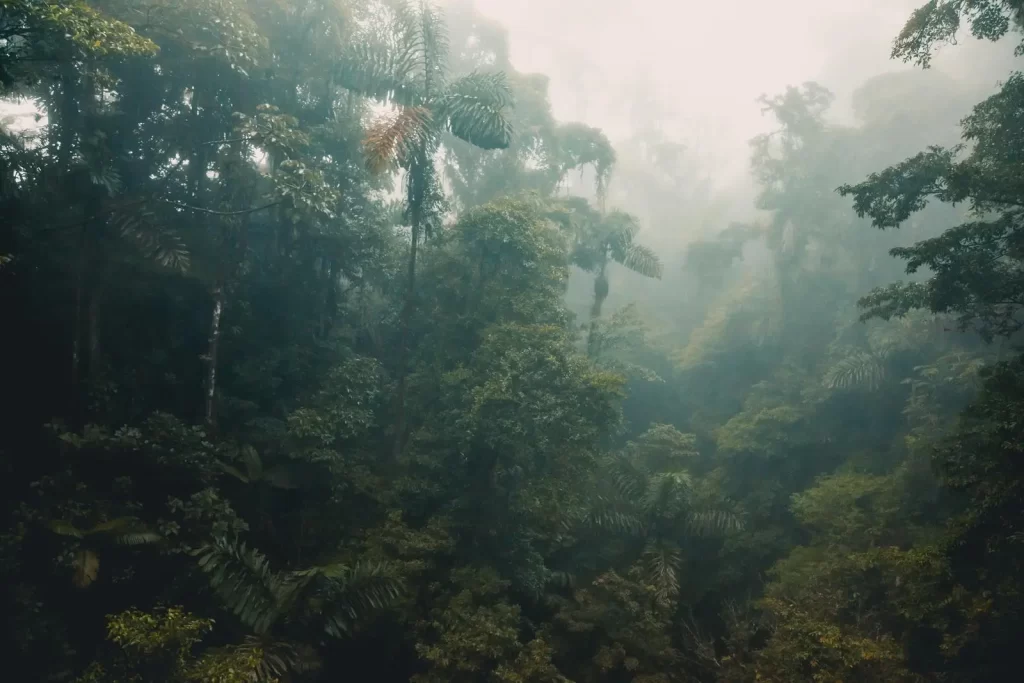
Coal is just one form of carbon – an element found in every living thing. Carbon is in the spotlight as we discuss climate change and our environment. But what is carbon? Check out this video to learn more!
Rainforests produce about 28% of the oxygen we need to survive. Rainforests are under a constant threat of annihilation from deforestation, wildfires, drought, and mining operations.
Many groups such as The Nature Conservancy have programs where you can donate to help replant the rainforest to ensure the health of the planet for future generations.
These environmental education organizations are also helping to teach local populations about natural resources management so that rainforests are here for future generations.
This is a natural resource that most don’t think about, but you should.
70% of the oxygen in our atmosphere is produced by marine plants!
Those hard-working marine plants include phytoplankton, kelp, and algae. In areas where pollution is harming phytoplankton, there is a measurable decline in water oxygenation.
This should concern us all because we need their oxygen output to survive.
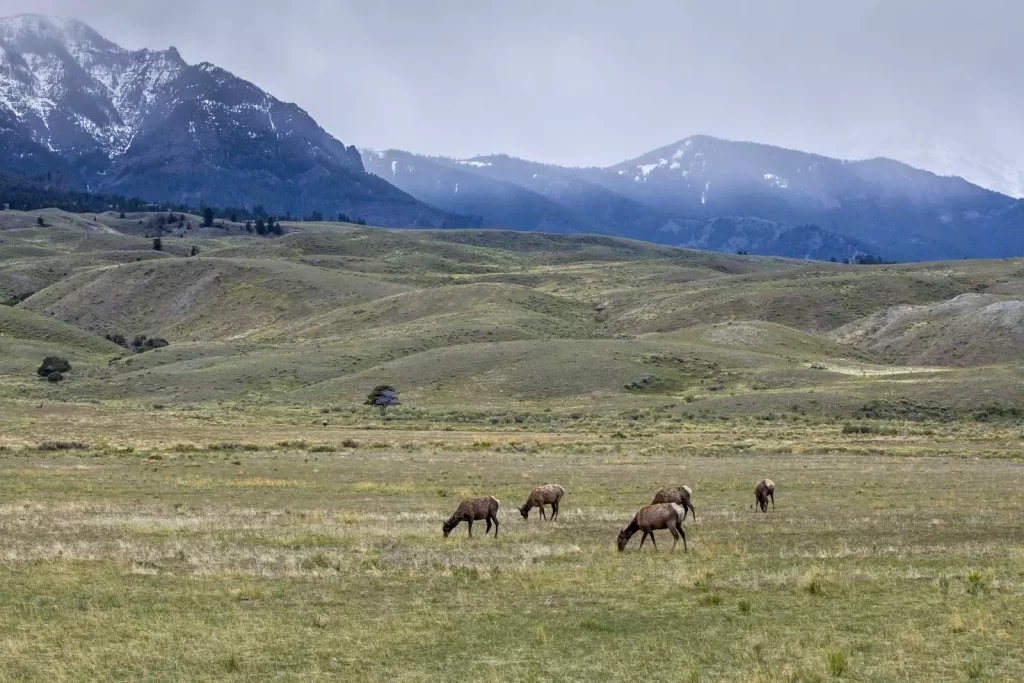
Animals are also an overlooked renewable natural resource. We use animal products for food, clothing, furniture, fertilizers, supplements, and medicines.
We ranch cattle, pigs, chickens, and other livestock species making them renewable resources, but other animals are harvested from the wild.
Wild harvested animals and fish are often healthier than their ranched counterparts, but harvesting also puts them at a higher risk of becoming endangered.
The U.S. Fish and Wildlife Service oversees these types of natural resources to help ensure that they are available to those who want them but are not over-harvested.
Iron is in everyday items all around us and is the world’s most commonly used metal.
Iron is a good conductor, durable, and plentiful making up 5% of the Earth’s crust. This is why it is used to make steel, pipes, tools, hinges, door handles, stoves, pots and pans, and even sofa frames.
Most of the world’s iron ore is mined from banded iron formations (BIFs) primarily located in Australia, Brazil, and South Africa.
While iron is abundant it is still limited. Iron recycling helps to ensure that we’ll have what we need for a long time.
Read More: Cause of Overpopulation in South Africa. Discover the causes of South African overpopulation and possible solutions.
Bauxite is a sedimentary rock that is mainly alumina but it is mixed with iron oxides that make it red.
The alumina has to be refined to make aluminum.
Bauxite is a non-renewable ore and the main ingredient in making aluminum metal which is used for everything from aluminum foil to appliances and military aircraft.
Bauxite is usually obtained by strip mining so it’s vital that aluminum is recycled to maintain our aluminum stores and help balance the need for increased bauxite mining.
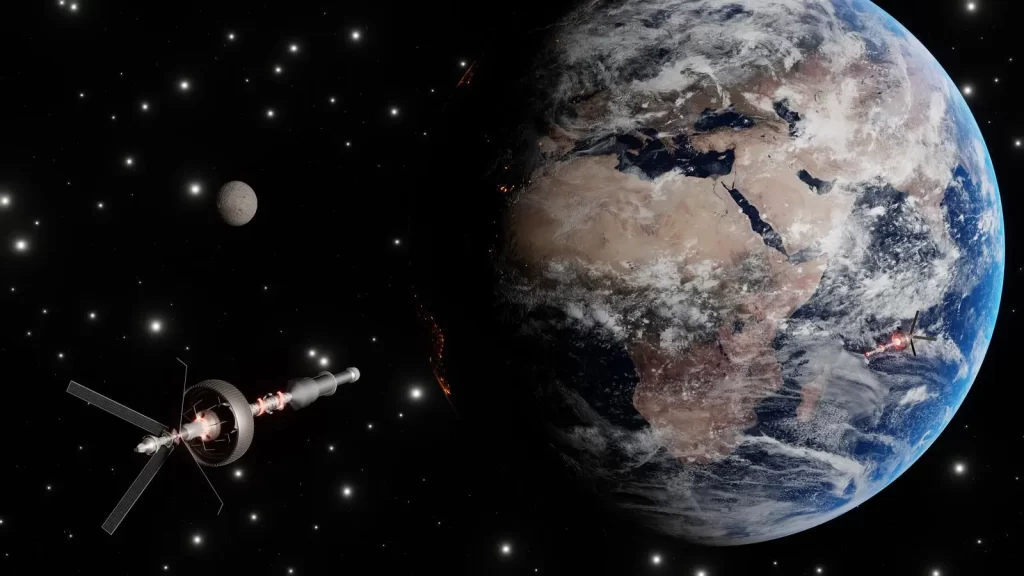
The first thing most people think of when they hear the word helium is balloons, but balloons make up a tiny fraction of the total helium used.
According to the Royal Society of Chemistry, liquid helium is used to cool the Large Hadron Collider (LHC), MRI scanners, superconductors, satellite instruments, and even Apollo space vehicles.
It is also used when making fiber optics and semiconductors. It’s also used to inflate vehicle airbags and detect leaks in air conditioning systems.
The reason it’s used for these various tasks is because helium is inert. That means that it’s non-reactive. It won’t combust.
This makes helium a safe gas to use in situations where other gases would combust in the presence of a spark.
Even though helium is the second most abundant element in the solar system, it is a non-renewable resource.
Helium is produced by the natural decay of uranium, thorium, and other radioactive elements. It seeps up through the earth’s crust and collects in pockets where it can be extracted for use.
This means that helium is a rare gas and the earth is running out.
Copper has been in use for thousands of years and is one of the first metals ever used by man. It occurs naturally and is one of the few metallic elements that occur in its native form.
The majority of copper is used in electrical wires, industrial machinery, roofing, and plumbing. Copper is also used in nutritional supplements and fungicides.
The United States is the second largest producer of copper, which is mined from copper ores and recovered through recycling.
Copper is a non-renewable ore so recycling is key to maintaining our critical supply of copper.
Copper can be recycled without any loss in quality.
As a result, nearly just as much copper is recovered through recycling as is derived from newly mined ore.
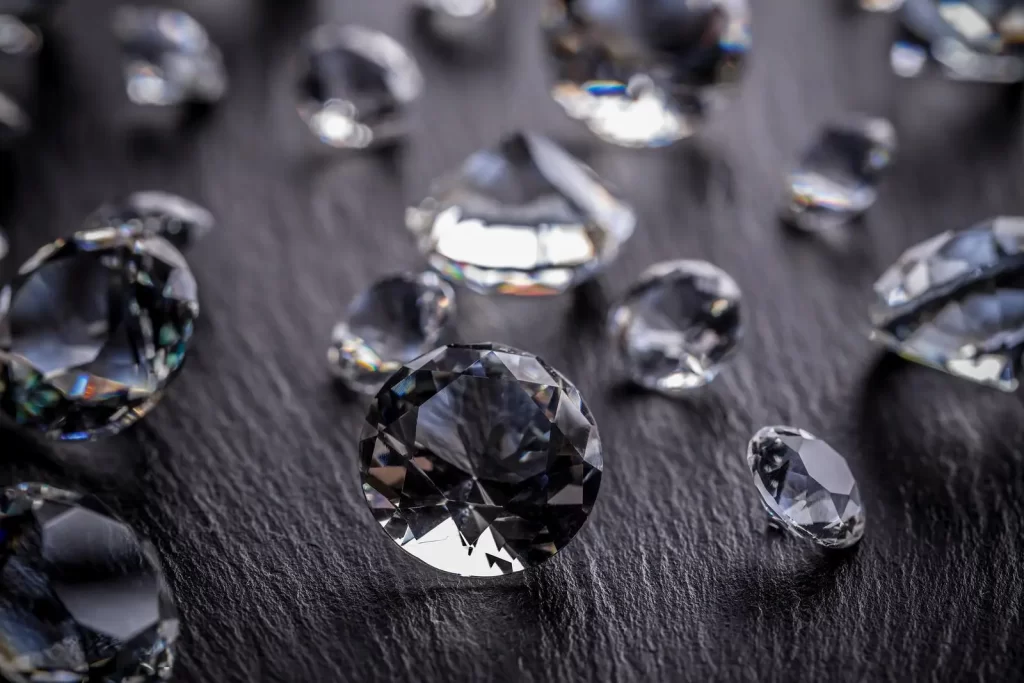
Diamonds are an example of a popular non-renewable resource. However, only about 20% of the diamonds mined yearly are gem-quality stones.
80% of the diamonds mined and sold are used as an abrasive on cutting and sanding tools and as heat sinks to keep electronic devices cool.
Diamonds are the hardest material known to man, so their main value is industrial.
Experts estimate that the world has about 20 years’ worth of diamonds in known areas. Roughly 30% of that diamond wealth is in Russia.
A: Water. Water is by far our most used natural resource. Air and sunlight are also in the top spot, but we don’t have much control over how much we use or the replenishment of sunlight and air.
However, we can control how much water we use, where water flows, energy harvested from flowing water, and whether or not we allow pollutants to ruin our water.
A: Natural resources depletion refers to the fact that some natural resources are being used up. There is a limited supply of most of our natural resources. As we use them they become depleted.
Renewable resources can also become depleted when we use them faster than they can replenish. Groundwater is a good example. This is caused by things like urban sprawl.
What is urban sprawl? Cities like Las Vegas are sprawling across the desert and require a massive supply of groundwater and river water. They’re outgrowing their water supply which is dwindling due to drought.
As the supplies dry up the city is in serious danger of having no fresh drinking water.
Natural resources are essential to civilization as we know it, and are the basis for the global economy and human survival.
Resources such as bauxite, iron, and copper form the basis of everyday items, while water, soil, and salt are required for life.
It is humanity’s duty to protect and conserve natural resources.
Some things you can do in your everyday life to conserve natural resources include recycling plastic, paper, and metal, and use energy more efficiently.
Do you have any ideas on how to conserve and protect natural resources? Please let us know by leaving a comment below!